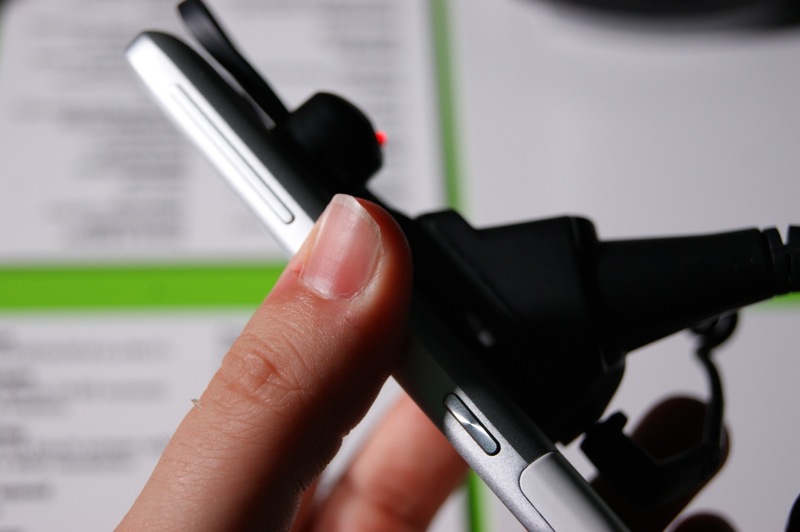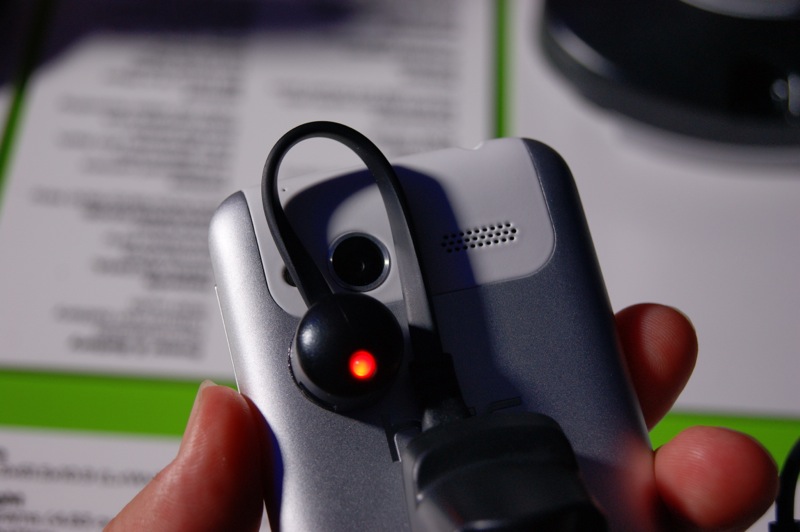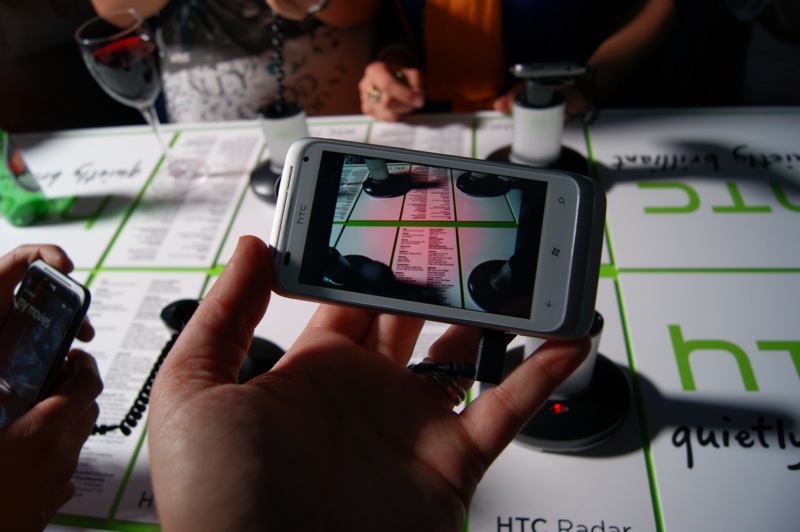Hands-on with HTC's newly announced Radar and Titan Windows Phone handsets
We're here to HTC what the Taiwanese manufacturer's new devices are like

The announcement of the HTC Radar and HTC Titan, each running Windows Phone OS, was possibly not the most interesting thing about HTC's launch event last night. Nor was that fact that it was just one of many HTC events occurring simultaneously around the world.
The most interesting thing was the fact that the general public were invited to come along, making this possibly the first time both esteemed members of the press and consumers were able to see a product launch at the same time.
Until Apple does the same thing, we'll reserve judgement on whether this is the way forward for product announcements. Nor would it be right for me to reveal that the press did get an earlier preview of the devices - after all, ignorance is bliss.

The HTC Radar and HTC Titan will be released some time in October, which coincides roughly with the over-the-air updates for the already-released Windows Phone models that will be taken up to Windows Phone 7.5, a.k.a. Mango. HTC has released the most Microsoft-powered devices so far, but all of them are approaching their first birthday.
You have to wonder how successful the platform has been when so few devices have been released compared to the Android line.
The Titan could have almost claimed the award for having the biggest smartphone display, which at 4.7 inches is pretty massive. Sadly, Samsung ruined the day by unveiling the Galaxy Note with its 5.3-inch display.
The Taiwanese-based company didn't get too worried, and quickly modified the script to state that it has the largest screen of any Windows Phone handset.

The Titan's screen is huge, but with a small bezel it doesn't make the phone too big and unmanageable. The same can't really be said for the Samsung, which you'd struggle to fit in a pocket. If you can't handle something so big, the Radar chooses to play on its stylish good looks and so comes with a 3.8-inch screen instead.
That said, HTC's design style is beginning to look a bit stale, and even with the improvements the Radar doesn't really look like much of an advancement over what HTC has done before.
The latest version of the OS still looks essentially the same when you pick it up, which hides a lot of the hard work Microsoft has put into its most significant update since the launch of the platform last year.

Even the dedicated camera button that HTC made a big fuss over (with good cause - other manufacturers seemed to forget about this useful key when Apple chose not to include one) is a standard feature of every single Windows Phone handset and will always be.
Neither model has a dual-core processor (a restriction of the OS we're told), which will seriously affect the bragging rights of both models, although the Titan is clocked at 1.5GHz. A bigger battery (1,600mAh) should compensate for the bigger screen and faster performance too.
Flip the phone over and both models will show the 8-megapixel sensor with dual-LED flash. It's a vastly improved setup that HTC hopes will compete with Nokia's ageing N8 and Sony Ericsson's Xperia Arc (and other Exmor R sensor models).

The F/2.2 aperture lens allows in more light and the back-illuminated sensor means more data captured in near-dark situations.
You can also capture panoramic photos by panning and stitching photos (automatically), while the HD video capturing tops out at 720p and not the 1080p we'd have expected. Still, given the fact that HTC has never had a great reputation when it comes to camera quality it's still a huge leap forward.
The Radar is being pitched at the social networker, while the Titan is geared at the higher-end that includes business users (if any business users are adopting Windows Phone, that is). Of course, both phones are essentially the same and price will be the real differentiator.

All of the new features of Windows Phone OS 7.5 - including Internet Explorer 9, multitasking (with strict controls to reduce power consumption), Twitter integration, threaded conversations that combine multiple messaging services, live tiles that display key information without loading the relevant app, and improved searching for local services - will be available to existing owners. This may leave existing Windows Phone users in no rush to upgrade.
But how many people have bought a Windows Phone handset already? Given the poor sales, it may seem like HTC should just try and start all over again. What a shame it didn't have either handset ready to sell to the public it had invited on the night.
